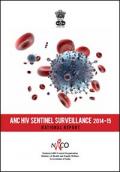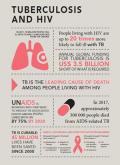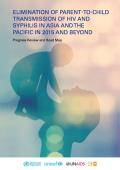Publications on People Living With HIV (PLHIV)
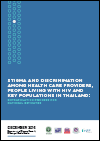
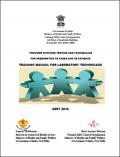

Background about ART program in Nepal:
- ART was started in Nepal in February 2004 from Sukraraj Tropical and infectious Disease Hospital, Teku.
- ART is available for free of cost for all eligible people living with HIV (PLHIV).
- Currently ART is available from 65 sites in 59 districts. HIV care is available from many sites including ART sites.
- Establishment of ART dispensing centers is underway to increase accessibility of the treatment.
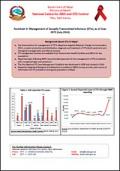
Background about STIs in Nepal:
- Key interventions for management of STI in Nepal are targeted Behavior Change Communication (BCC), condom promotion and distribution, diagnosis and treatment of STIs (both syndromic and etiological management) and referral services.
- STI management services are available from Government Health Facilities and NGOs for key population.
- Nepal has been following WHO recommended approach for the management of STIs in patients with recognized signs and symptoms.

Background:
- Comprehensive PMTCT service started in Nepal in February 2005.
- Community-based PMTCT (CB-PMTCT) program is expanded in 55 districts (Global Fund: 32 districts, UNICEF: 14 districts and GoN: 9 districts) where HIV screening and counseling is done among every ANC visitors at the district.
- Free ARV drugs are available from 65 ART sites in 59 districts from where HIV-positive mothers can receive treatment.
- Early Infant Diagnosis (EID) service is available for babies born to the HIV-positive mothers.






